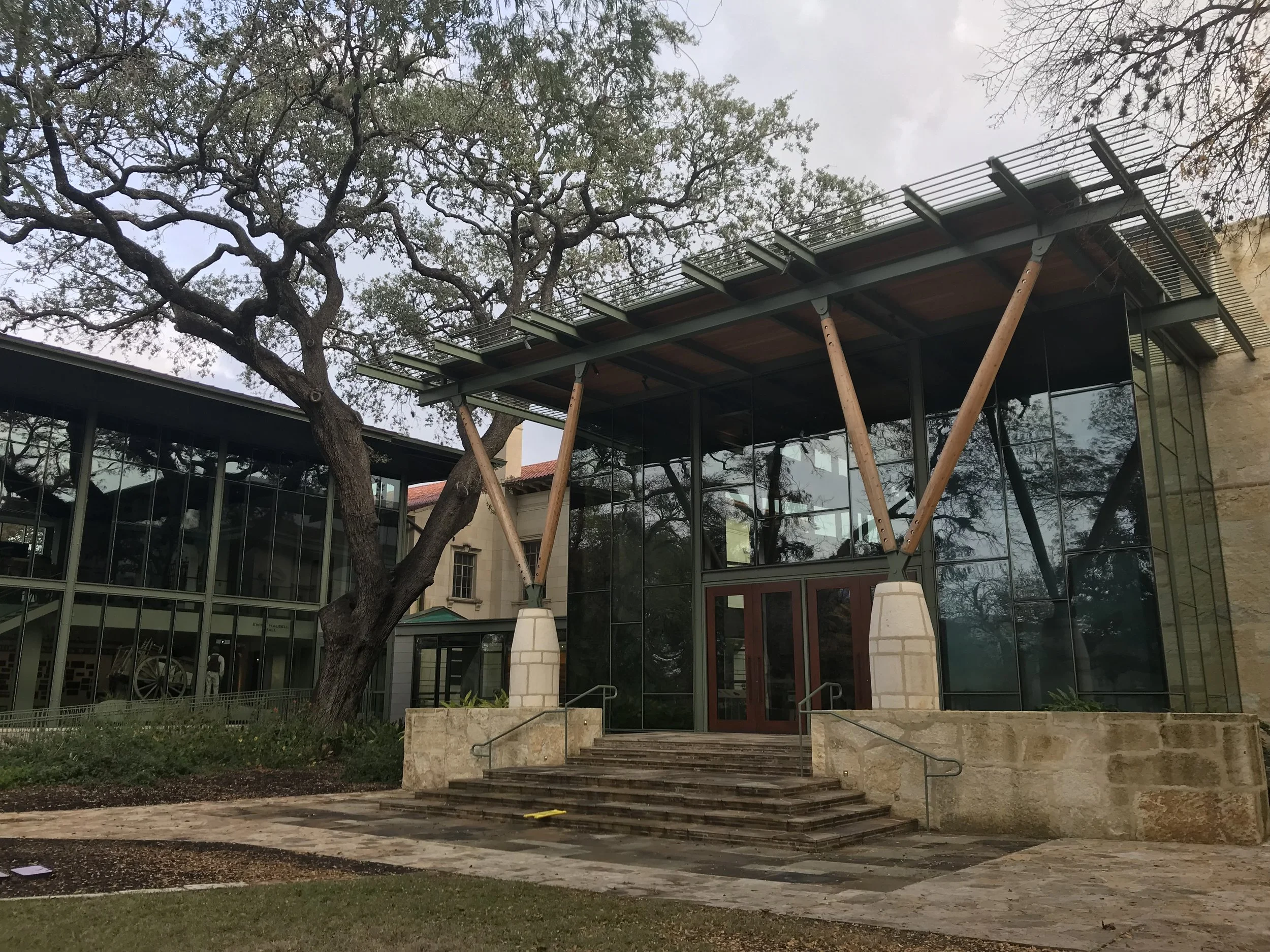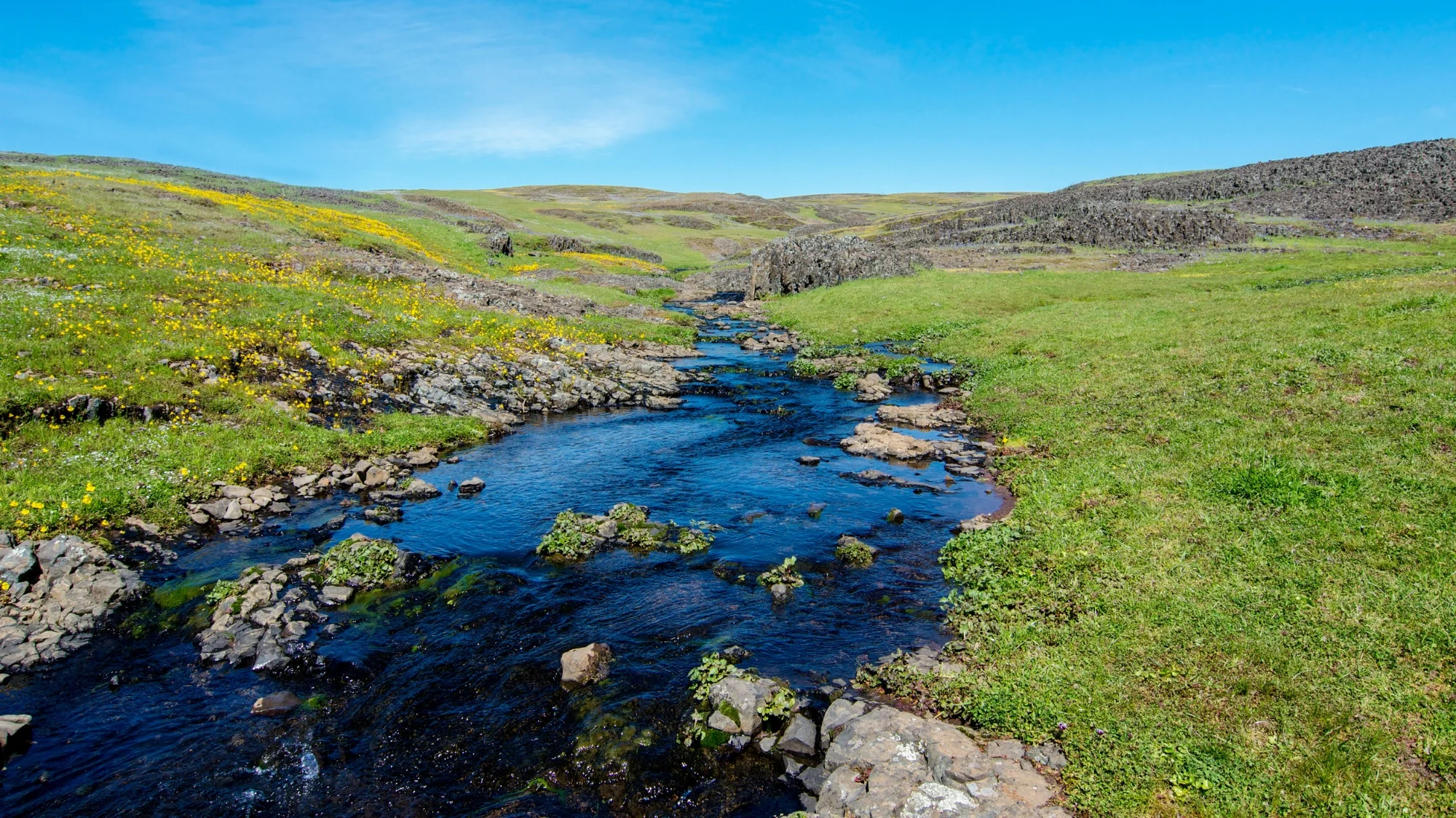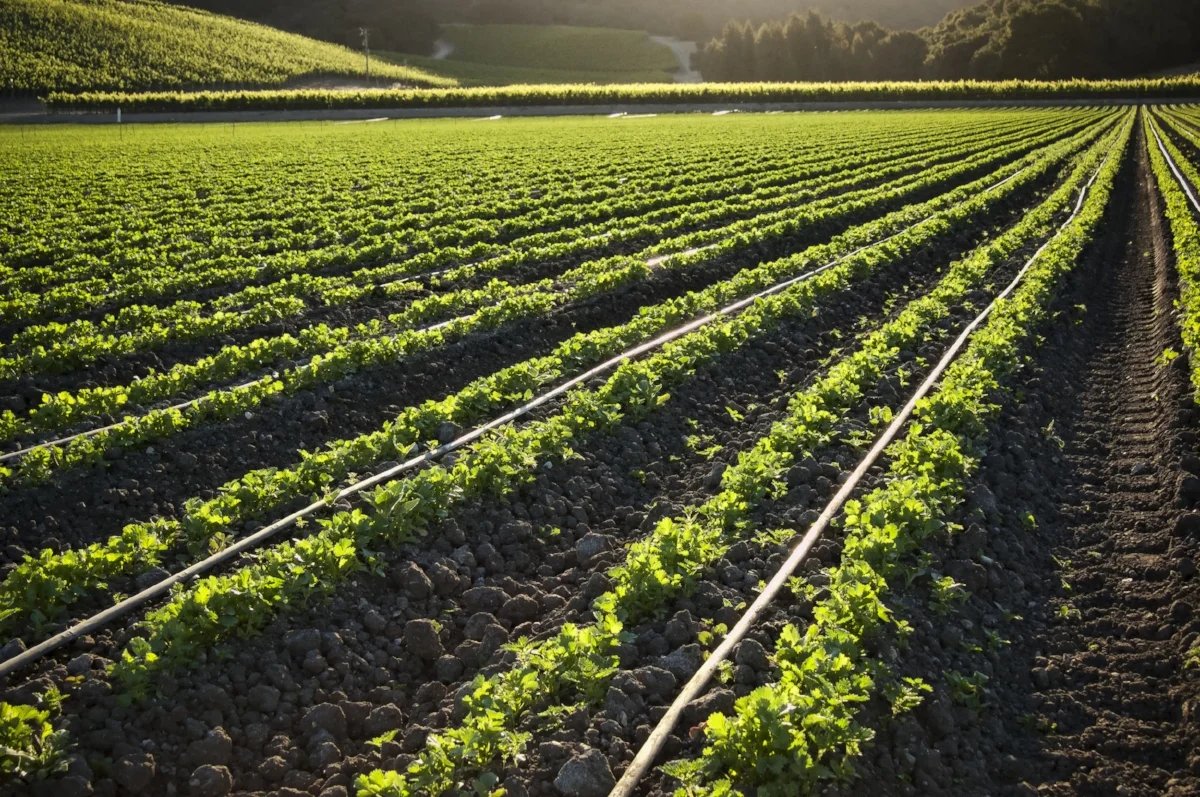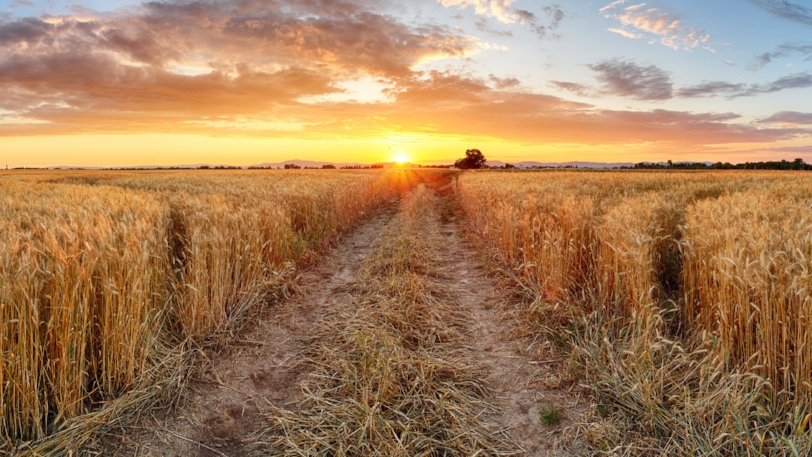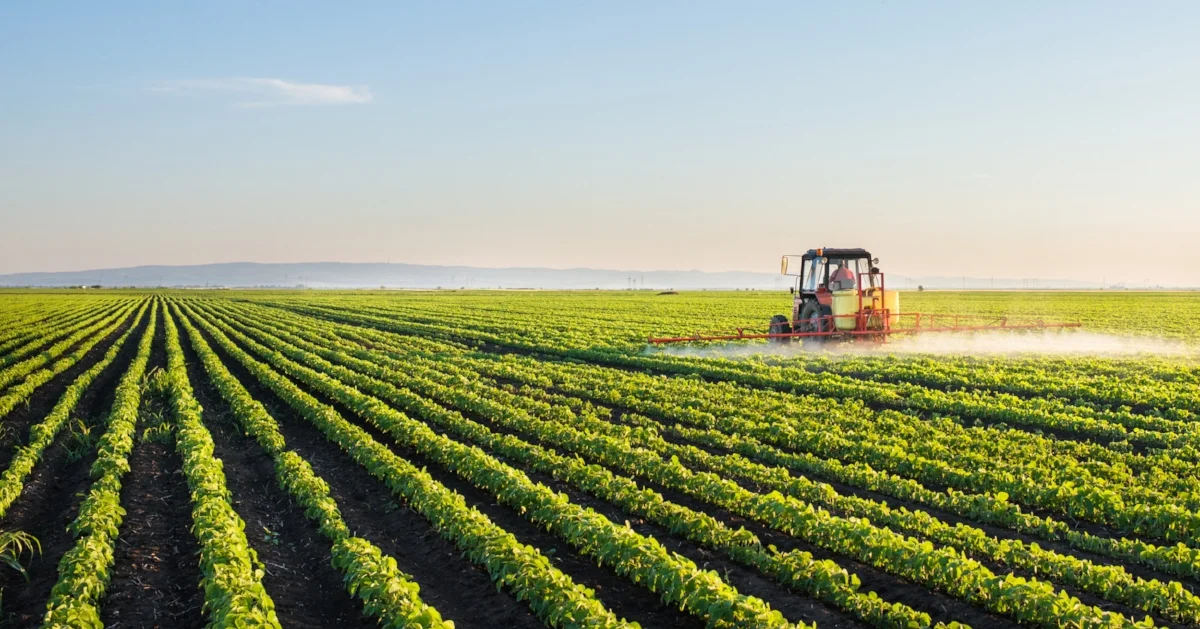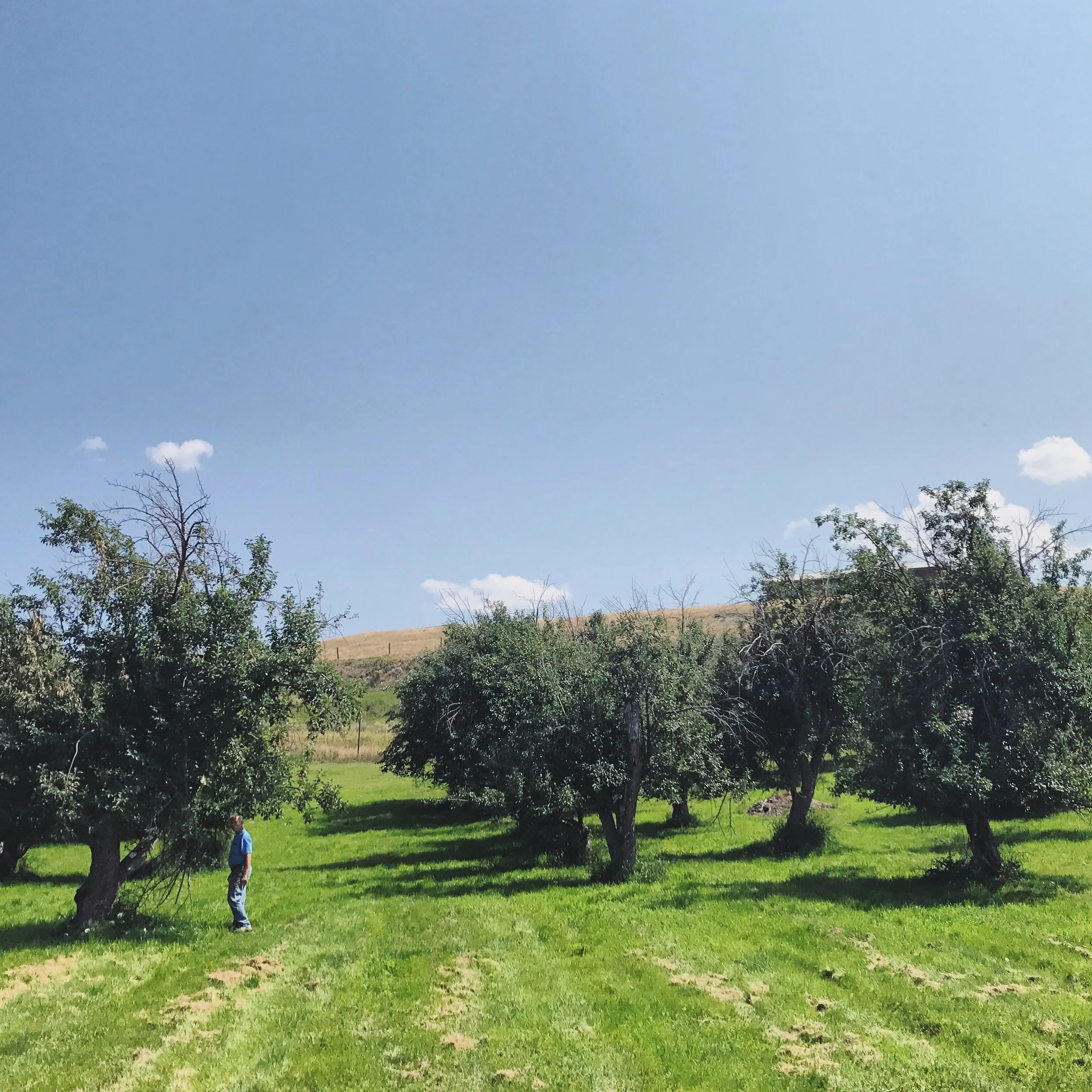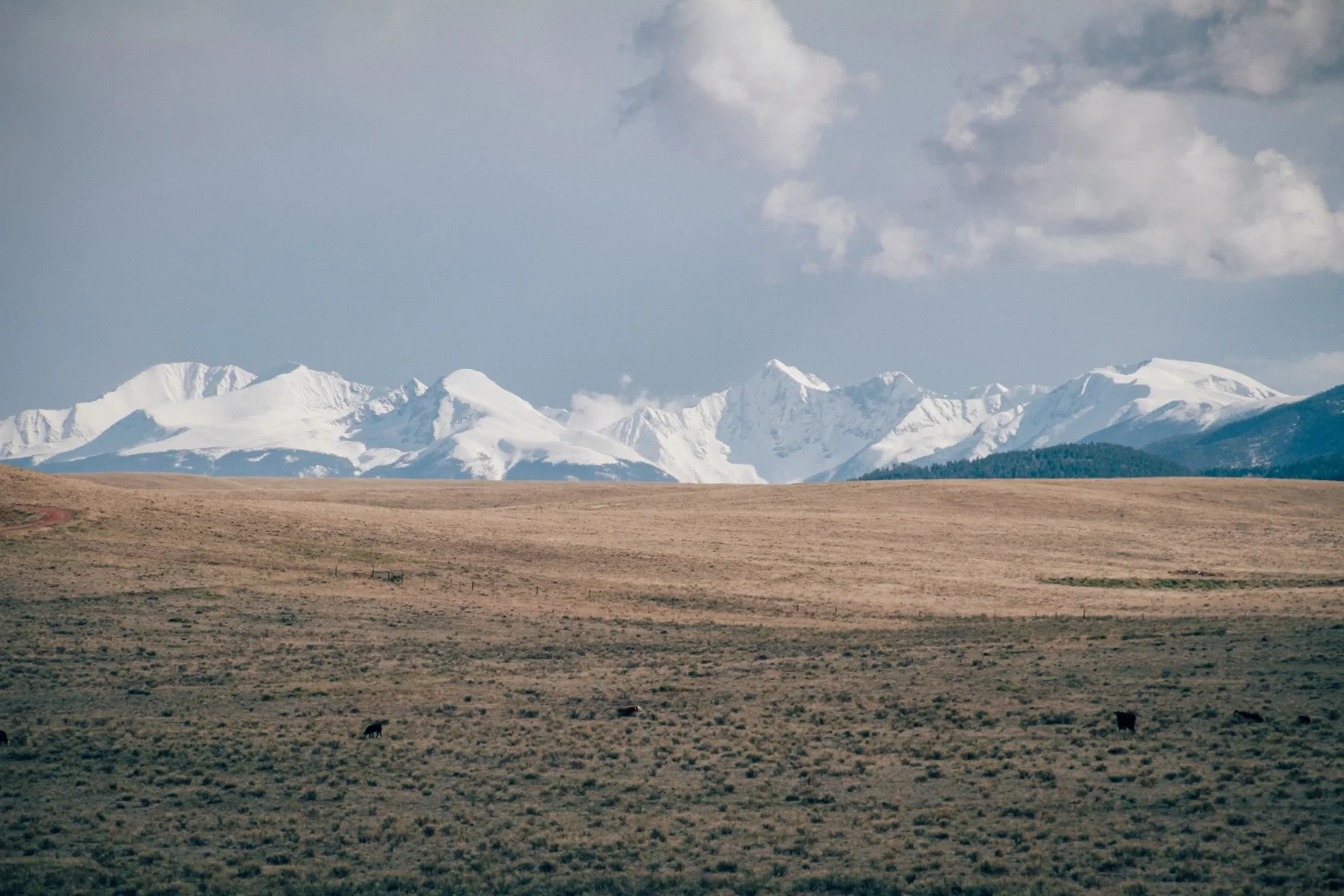Did you know that for nearly a century, San Antonio was the largest city on the western frontier? Or that Texas is the only state to have farm to market roads? Our recent visit to the Witte Museum's Robert J. and Helen C. Kleberg South Texas Heritage Center immersed us in the culture and history of ranching in South Texas.
EXPERIMENTS WITH BERRIES IN IDAHO & MONTANA
University extensions in both Idaho and Montana are experimenting with various varieties of berries in an effort to determine which berries, if any, can be grown successfully at a commercial scale in the Intermountain West. Extension research primarily aimed at answering questions of which plant cultivars are going to do well and fit their markets helps landowners potentially increase their likelihood of success.
MT & WY PROGRAM DEADLINES FOR NRCS ACEP FUNDING
The USDA's Natural Resource Conservation Service (NRCS) is accepting applications under the Agricultural Conservation Easements Program (ACEP) for the Agricultural Land Easement (ALE) and the Wetland Reserve Easements (WRE) programs. The deadline for funding in Montana is March 1, 2018. The announced cut-off date for funding consideration in Wyoming is January 26, 2018.
PILOT SYSTEM WATER CONSERVATION SYSTEM RFP OUT
The Upper Colorado River Commission (UCRC) has issued a Request for Proposals to invite users of the Colorado River System water in Colorado, New Mexico, Utah, and Wyoming to submit proposals for Pilot Program water conservation projects. Projects are meant to test methods for saving water that could be part of a drought contingency plan in the Upper Basin of the Colorado River.
SHIPPING DAY AT LONETREE LAND AND LIVESTOCK
CHANNEL MIGRATION EASEMENTS IN MONTANA
Montana Aquatic Resource Services recently released a white paper on Channel Migration Easements (CME). A specific form of conservation easement, a CME allows a landowner to continue to use their land while allowing the river to migrate across the floodplain within the easement boundaries. So far MARS has worked with conservation partners and thoughtful landowners to close Montana's first two channel migration easements (CMEs).
AGRICULTURAL CASH RENT TRENDS IN IDAHO, OREGON, AND WASHINGTON
Each year the USDA NASS releases cash rent amounts by land use for various states and regions across the country. In Idaho cash rents for all land types, irrigated cropland, non-irrigated cropland, and pasture, posted declines from 2016 to 2017. In Oregon and Washington, cropland rents increased year-over-year, but 2017 pasture rents decreased from the previous year.
SEASONAL MONTANA TWO DOT DINNER
Agriculture plays a pivot role in the economy and culture of Montana. Together companies like Seasonal Montana and Two Dot Land and Livestock, which intentionally and tirelessly work to connect folks throughout the state to the landscape, strengthen the connection of people and place.
2017 FARM LAND VALUES ACROSS THE INTERMOUNTAIN WEST
Nationwide, farm real estate values average $3,080 per acre in 2017, up $70 an acre or 2.3 % from 2016. The Mountain region has the lowest farm real estate value at $1,130 per acre. The value of cropland in the same region increased 1.1% year-over-year to $1,780 and pasture land values rose 1.3% to $625 per acre in 2017.
AGRICULTURAL WATER USE IN GALLATIN VALLEY
Recently we visited the Gaffke Ranch in the Gallatin Valley. The most impactful part of the tour was not the low water component, but Mike's take on the changes to water availability. Mike seemed to be more concerned with the dissolution of community as a result of the decrease in agricultural water users than the water itself.
COMMUNITY FUTURES FINANCE TOOLBOX
Earlier this year, we collaborated with The Trust for Public Land on their Community Futures Community Futures Finance Toolbox project. We conducted research to learn how small and rural communities are becoming more livable, resilient, and vibrant. Our research revealed that communities of all sizes are utilizing innovative tools to leverage their natural resources into a prosperous and sustainable future.
WORKING LANDS FOR WILDLIFE
As part of the Working Lands for Wildlife program, the NRCS works with partners and private landowners to focus voluntary conservation on working landscapes. The NRCS provides technical and financial assistance to agricultural producers, which helps them plan and implement conservation practices that benefit target species and priority landscapes. WLFW focuses on eight target species and eleven priority landscapes. The program attempts to get out in front of declining species that may be listed by the Endangered Species Act (ESA) if populations continue to diminish.
MONTANA HERITAGE ORCHARD PROGRAM
In Montana, Montana State University Extension is leading the charge to identify and preserve the heritage orchards that still exist through their Montana Heritage Orchard Program. The designation of Heritage Orchard gives landowners recognition, and helps preserve and propagate the unique fruit tree cultivars.
This summer we had the opportunity to tour one of Montana's Heritage Orchards. The Yellowstone Springs Ranch orchard is currently undergoing the process of genetic testing to determine and catalog the exact cultivars of trees.
A THOUGHTFUL AND MODERN APPROACH TO RURAL RESIDENTIAL DEVELOPMENT
Prefab and modular residential housing designed to be part of the ecosystems where they are built provide options for occupants that intend to best steward the places they call home. Over the last decade, many new and innovative products have come to market boasting low-impact building footprints, modern design, thoughtful scaling options, and sustainable materials. We've chosen to preview five new and innovative concepts: Rising Barn, Porch House, Back Country Hut, Nomadic Shack, and Hyla Hut.
NORTHWEST LAND VALUES FIRST HALF 2017
According to the latest release from Northwest Farm Credit Services, agricultural real estate values in Washington, Oregon, Idaho, and Montana, are stable and increasing through the first half of 2017. Despite weaker commodity prices and less than favorable weather patterns in parts of the northwest, the constrained supply of properties for sale has continued to stabilize land values.
PROJECT ASSISTANCE FUNDS FROM COLORADO ENERGY OFFICE
PROJECTS FUNDED BY 2017 CONSERVATION INNOVATION GRANTS
The USDA NRCS has awarded more than $22.6 million to drive innovation in conservation this year. Nationwide in 2017, 33 projects are receiving funding through the Conservation Innovation Grant program. There were a handful of innovative programs funded that are geared to the American West including several conservation finance projects.
GRAIN MARKET UPDATE SUMMER 2017
PARK COUNTY MONTANA GROWTH
Park County has experienced meaningful growth over the last 45 years. The estimated 2016 population for Park County was 16,114 people, up 3.1% from the 2010 census figure, which equates to an average of 0.50% a year. Projections show that Park County will have a population of 17,800 people by 2036, adding 1,000 people per decade or approximately the same growth rate as from 2010 to 2016.
BITTER ROOT RC&D HAZARDOUS FUELS REDUCTION PROGRAM
The Bitter Root Resource Conservation & Development is combating the dangers of wildfire by reducing fuels through their fire mitigation program: the Hazardous Fuels Reduction Fuel Mitigation Grant Program. The program is a 50 / 50 cost-share in the form of a grant from the organization.


